Checking In on America’s Children
Children age 17 and under account for almost one quarter of the U.S. population, according to the U.S. Census Bureau. Because they make up such a large and important group in this country, and because their current health and well-being has implications for the nation’s future, a national priority is to monitor, protect, and improve children’s health and well-being.

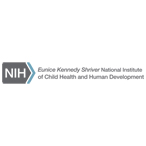





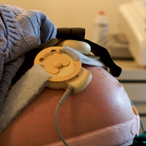
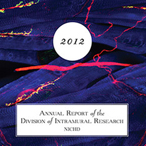

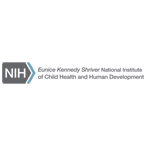
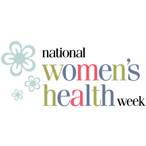

 BACK TO TOP
BACK TO TOP